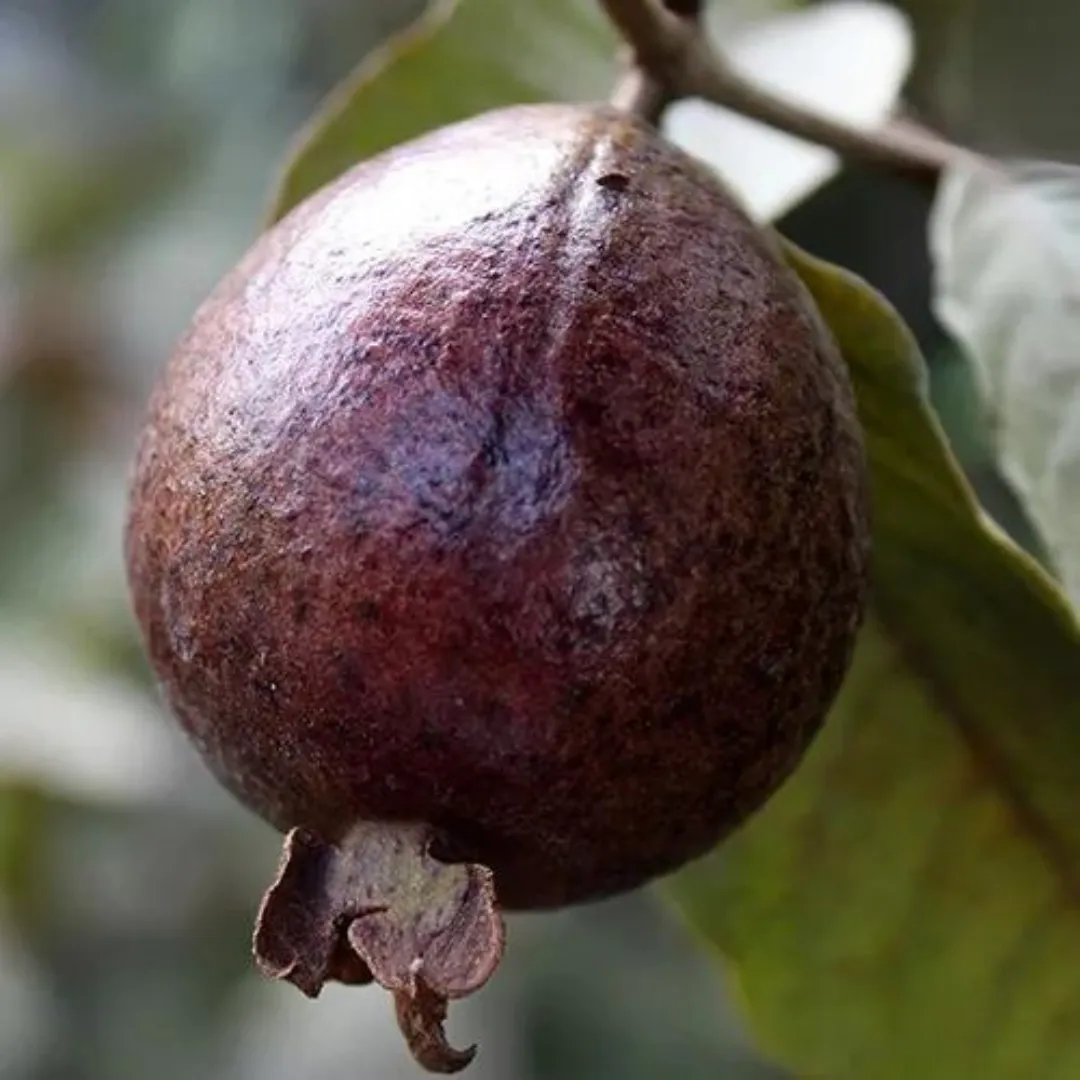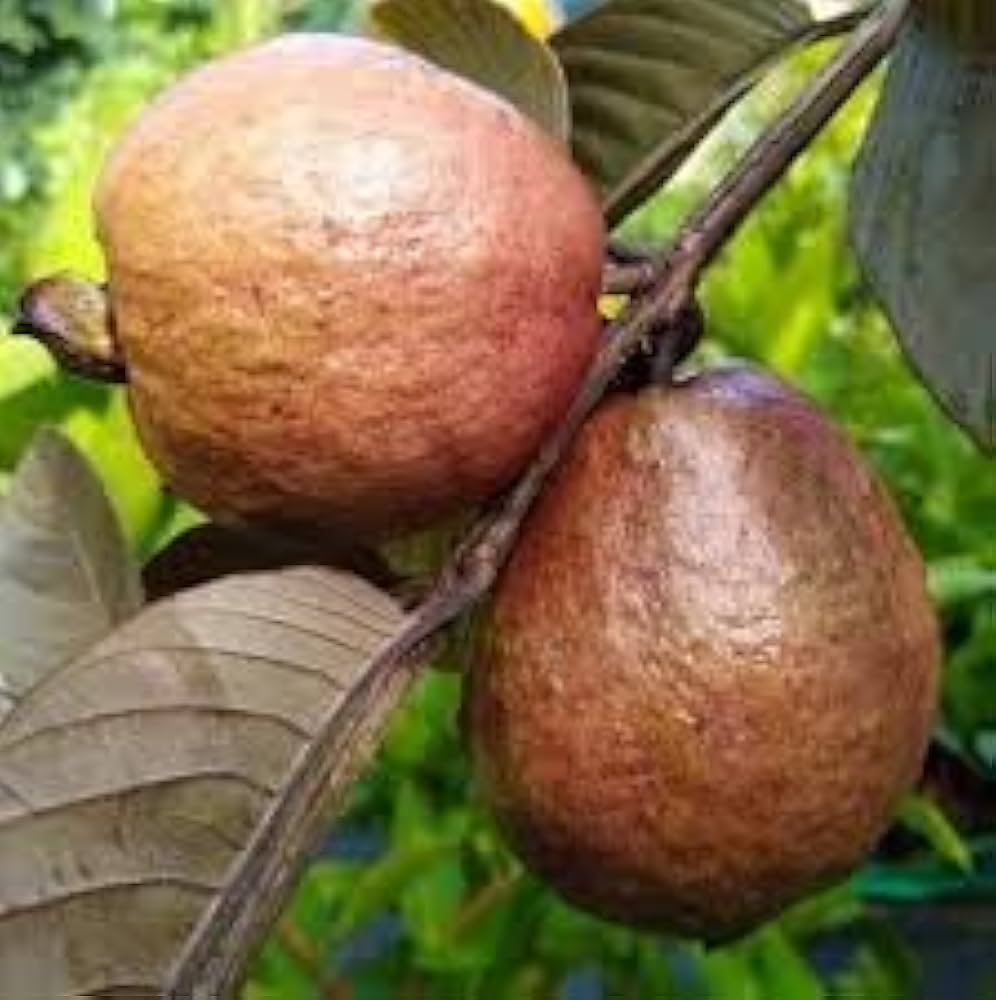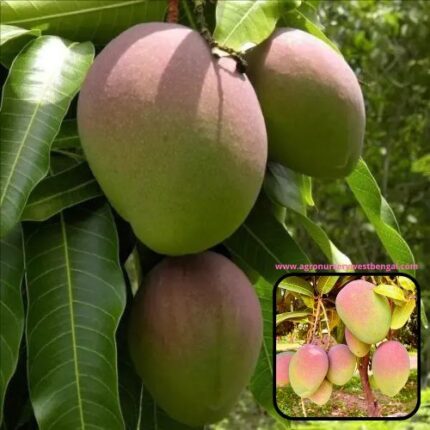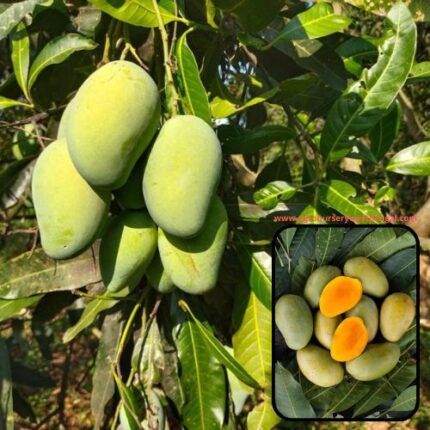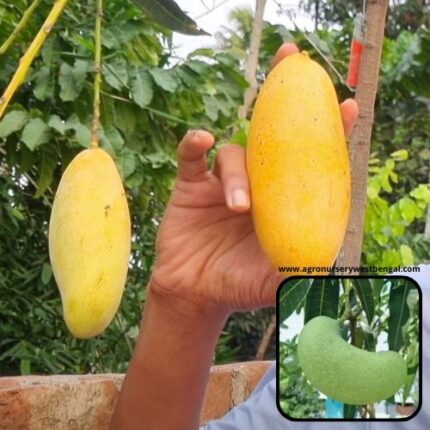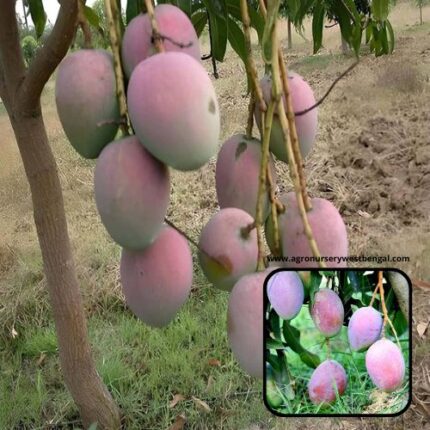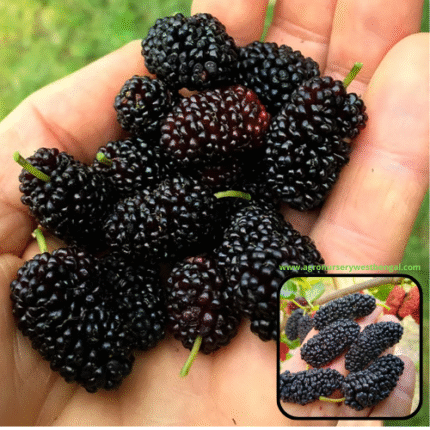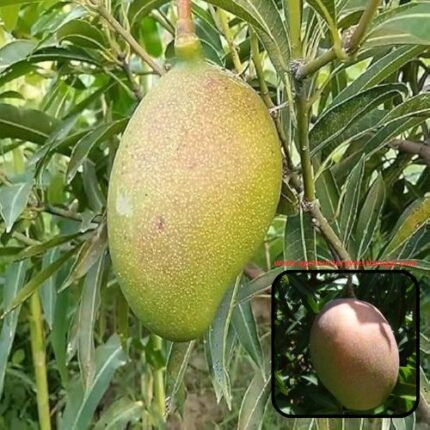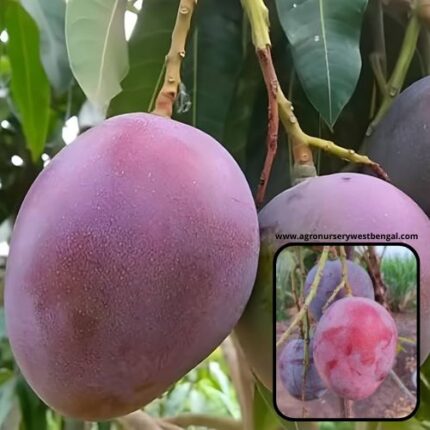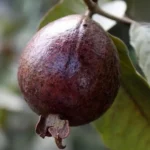
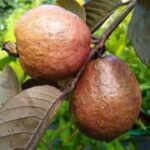
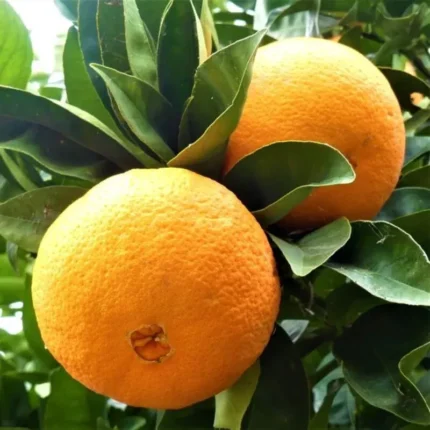
Cara Cara navel orange
₹719.00 Original price was: ₹719.00.₹489.00Current price is: ₹489.00.
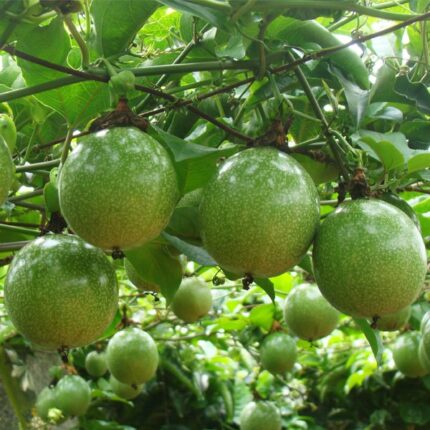
Passion fruit plants
₹739.00 Original price was: ₹739.00.₹459.00Current price is: ₹459.00.
Red guava fruit plants
₹699.00 Original price was: ₹699.00.₹369.00Current price is: ₹369.00.
Category: Fruit Plants
Description
“Red guava” refers to varieties of guava (Psidium guajava) that have distinctly pink or red flesh, as opposed to the more common white or yellow-fleshed varieties. These are extremely popular, especially in tropical and subtropical regions like India, Southeast Asia, and parts of Latin America.
Here’s a detailed description of red guava fruit:
-
Appearance:
- Shape and Size: Red guavas are typically plump and round or pear-shaped, varying in size from about 6 to 10 centimeters in diameter, though some premium varieties can be larger.
- Skin (Rind): The outer skin is thin, edible, and can range from dark green when immature to light green, yellow, or even a pale pinkish-yellow when fully ripe. Some varieties might have a slightly bumpy or textured surface, while others are smoother. The skin may also show slight furrows at the base.
- Internal Flesh: This is the defining characteristic. When cut open, the flesh ranges in color from a pale rose or salmon pink to a deep, vibrant pink or ruby red. The intensity of the color is due to the presence of lycopene, a powerful antioxidant.
- Seeds: Red guavas contain numerous small, hard, teardrop-shaped edible seeds embedded within the fleshy central cavity. While edible, some people prefer to remove or swallow them whole due to their hardness. Certain cultivated varieties, like the “Red Diamond Guava” mentioned previously, are specifically bred to be almost seedless.
-
Taste and Texture:
- Taste: Red guavas are known for their sweet, aromatic, and distinctively tropical flavor. They often have a delightful balance of sweetness with a mild, refreshing tartness. The taste is complex, sometimes described as a blend of strawberry, pear, and sometimes a hint of musky or floral notes. The sweetness level can vary greatly by variety and ripeness, with riper fruits being sweeter.
- Texture: The flesh is typically firm and crisp when less ripe, becoming softer, juicier, and more aqueous as it ripens. The texture can be semi-granular due to the numerous small seeds.
-
Botanical Classification and Cultivation:
- Red guavas belong to the Psidium guajava species. They grow on evergreen shrubs or small trees that can reach several meters in height.
- They thrive in tropical and subtropical climates and are widely cultivated in India (where they are often called the “apple of the tropics”), Indonesia, parts of Africa, and South America. They are available year-round in tropical regions.
-
Nutritional Value and Health Benefits:
- Red guavas are highly nutritious and considered a “superfruit.” They are an excellent source of:
- Vitamin C: Significantly higher than oranges, providing a powerful boost to the immune system and promoting skin health.
- Lycopene: The antioxidant responsible for the red color, linked to heart health, prostate health, and protection against oxidative stress.
- Dietary Fiber: Aids digestion, helps prevent constipation, and contributes to satiety, making them good for weight management.
- Vitamin A: Beneficial for vision.
- Potassium: Important for blood pressure regulation and fluid balance.
- Other essential B-complex vitamins, magnesium, calcium, and phosphorus.
- They are also known for their anti-inflammatory, antimicrobial, and potential anti-cancer properties.
- Red guavas are highly nutritious and considered a “superfruit.” They are an excellent source of:
-
Culinary Uses:
- Fresh Consumption: Most commonly eaten fresh, often cut into pieces or enjoyed simply peeled. In India, they are often sprinkled with a pinch of black salt (kala namak) or chaat masala.
- Juices and Beverages: Their vibrant color and sweet-tart flavor make them ideal for making refreshing juices, smoothies, sherbets, and squashes.
- Desserts: Used in a wide array of desserts, including jellies, jams, pastries, tarts, ice creams, panna cotta, and fruit salads. Their high pectin content makes them excellent for setting jellies and preserves.
- Savory Applications: Can be incorporated into chutneys, sauces, glazes for meats or seafood, and even some savory salads to add a unique flavor dimension.
The red guava is a beloved fruit appreciated globally for its captivating color, delightful taste, versatility in culinary uses, and impressive health benefits.

